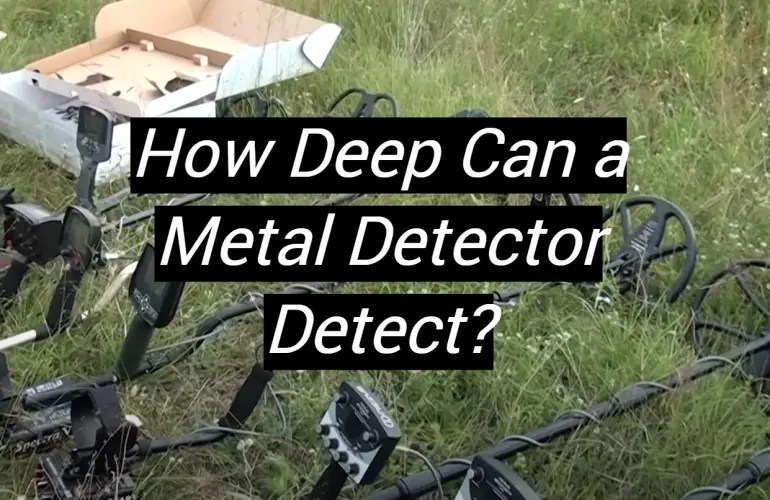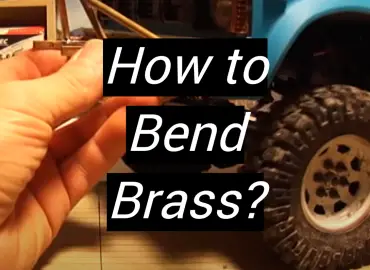A metal detector is a great tool to have when you’re out exploring the outdoors. Whether you’re looking for coins, jewelry, or other treasures, a metal detector can help you find them! But how deep can a metal detector detect? In this article, we will answer that question and provide some helpful tips on how to get the most out of your metal detector. So whether you’re just getting started with metal detecting or you’ve been doing it for years, be sure to read on!
The Metal Object: Your Target
Target Size
The size of the target will have an impact on how deep your metal detector can detect it.
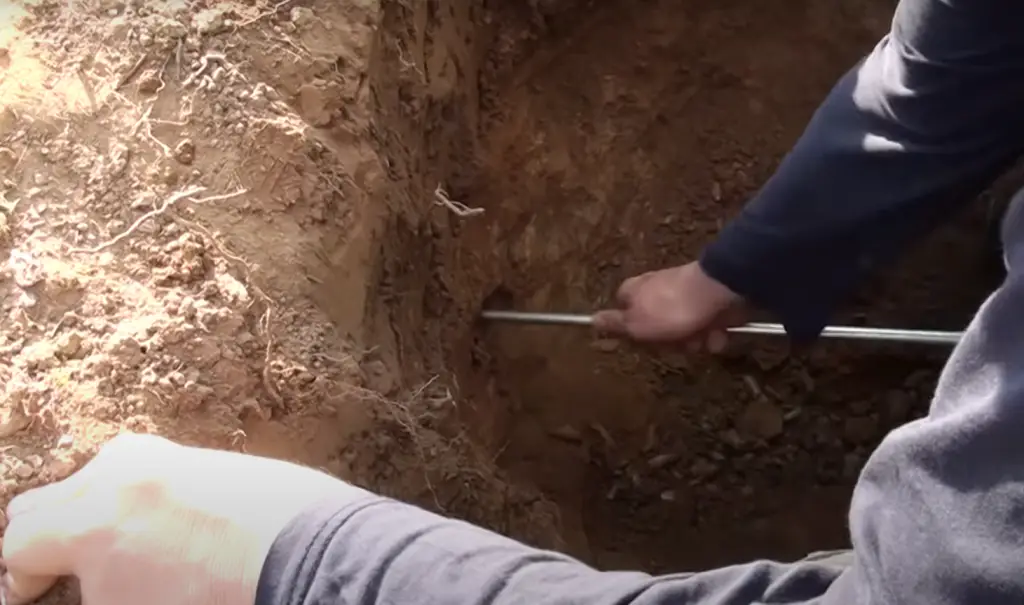
The larger the target, the easier it will be for your metal detector to find it. However, even small targets can be detected if they are close to the surface.[1]
Target Shape
The shape of the target will also affect how deep your metal detector can detect it. A target that is flat and wide will be easier to detect than a round or narrow one. This is because a flat, wide target will reflect more sound waves back to the metal detector than a round or narrow one.
Target Depth
Finally, the depth of the target will also impact how deep your metal detector can detect it. A target that is closer to the surface will be easier to detect than a target that is buried deeper underground.[1]
Target Orientation
The orientation of the target will also have an impact on how deep your metal detector can detect it. If the target is lying flat against the ground, it will be easier to detect than if it is standing upright. This is because a target that is lying flat will reflect more sound waves back to the metal detector than one that is standing upright.[1]
Target Composition
The composition of the target will also have an impact on how deep your metal detector can detect it. If the target is made of a metal that is easier to detect, such as aluminum, it will be easier to find than if it is made of a metal that is harder to detect, such as lead.
Frequencies
Multi-Frequency
Multi-frequency detectors are more expensive, but they offer the best performance. They are less likely to cause a false alarm, and they can detect smaller objects than single-frequency detectors.
The depth of detection also depends on the size and shape of the object. A large, flat object will be easier to detect than a small, round object.
But there are some factors that can limit the depth of detection:- The first is the type of soil. Soil with high mineral content, such as ironstone or salt, can make it more difficult for a metal detector to pick up signals from deep objects.
- The second is the size of the coil. The coil is the part of the metal detector that emits and receives radio waves. A larger coil will have a better range, but it will also be more difficult to use in tight spaces.
- The third factor is the power of the metal detector. A higher-powered detector will have a better range, but it will also be more expensive and more difficult to use.
- Finally, the depth of detection can also be affected by how well the metal detector is calibrated. If the detector is not properly calibrated, it may not be able to pick up signals from deep objects.
Single-Frequency
Single-frequency detectors are less expensive than multi-frequency detectors, but they are also less sensitive. This means that they are more likely to false alarm, and they may not be able to detect small objects.
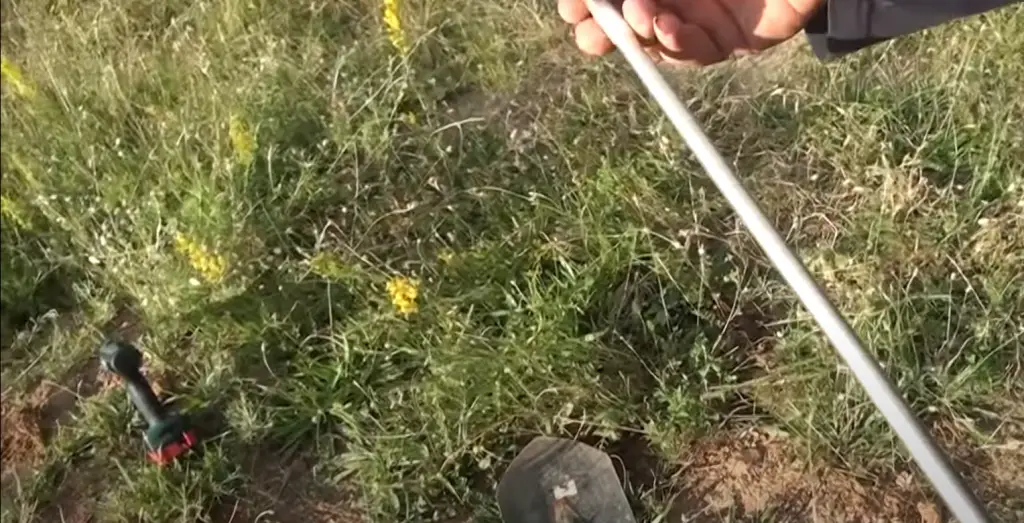
The depth of detection also depends on the size and shape of the object. A large, flat object will be easier to detect than a small, round object.
In general, a metal detector can detect objects that are up to about 3 feet (1 meter) deep. But there are some factors that can limit the depth of detection.
Software Features
Ground Balance
One of the first things to consider when choosing a metal detector is the software features. Many detectors on the market today come with advanced features that can help you find more treasure, and one of those features is ground balance. Ground balance helps to cancel out the effects of minerals in the soil, so that your detector can more easily pick up on metal objects.
Discrimination
Another important software feature to consider is discrimination. Discrimination allows you to choose which types of metals you want your detector to respond to. For instance, if you are only interested in finding gold, you can set the discrimination to ignore all other metals. This can be a helpful feature if you are searching in an area where there is a lot of junk metal, as it will help you save time by ignoring those objects.
Pinpointing
Pinpointing is another helpful feature that can be found on some metal detectors. This feature helps you to more precisely locate a target object. Once you have found an object with your detector, you can use the pinpointing feature to help you zero in on its exact location. This can be a helpful feature if you are searching in an area with a lot of trash or debris.[2]
Depth Indicator
Many modern metal detectors come with a depth indicator, which can be a helpful feature when searching for buried objects. The depth indicator will tell you how deep an object is buried, so that you can decide whether or not it is worth digging for. This can be a helpful feature if you are trying to avoid Digging up trash or objects that are too deep to be reached with a shovel.[2]
Search Coils
Search Coil Sizes
It is a common question that we are often asked and it really depends on a few factors. These include the make and model of your detector, the size of the coil, the type of terrain you are searching and what type of metal you are hoping to find.
In general, most detectors will be able to penetrate between 6-12 inches below the ground surface. This depth range will increase with larger coils as they can scan a larger area at once. Some high-end detectors can even reach depths of more than two feet on highly mineralized soils.[1]
Search Coil Shapes
The shape of the coil also makes a difference in how deep it can penetrate. A round coil penetrates deeper than a square or elliptical shaped coil of the same size. This is because a round coil has more surface area in contact with the ground and is therefore able to transmit more energy into the soil.
Search Coil Configurations
Some detectors, such as the Garrett ATX, come with two search coils – a large and a small. The larger coil is great for scanning open areas quickly, while the smaller coil is better for searching in tight spaces or picking up smaller targets.
Specialized Metal Detectors
Magnetic Locator
Magnetic locators are often used to locate underground utilities, such as water and gas lines.
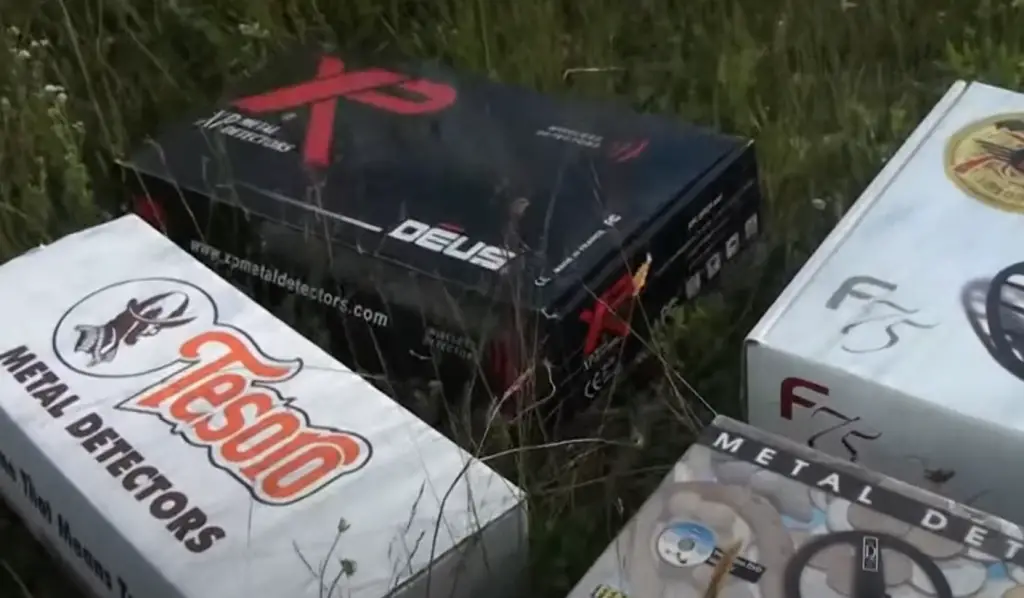
These detectors work by detecting the magnetic field generated by metallic objects. Magnetic locators can typically detect metallic objects up to about six feet below the ground surface.
Two-Box Detector
Two-box detectors are more specialized metal detectors that are used to search for deeply buried objects. Two-box detectors work by transmitting a magnetic field into the ground and then measuring the magnetic field that is reflected back. These detectors can typically detect objects up to about 20 feet below the ground surface.
3D Ground Scanner
3D ground scanners are the most specialized and expensive type of metal detector. These detectors use ground-penetrating radar to create a three-dimensional image of the subsurface. 3D ground scanners can typically detect objects up to about 100 feet below the ground surface.
Radio Frequency Locators
Radio frequency locators are used to locate buried metallic objects, such as utility lines. These detectors work by detecting the radio waves emitted by metallic objects. Radio frequency locators can typically detect metallic objects up to about six feet below the ground surface.[1]
Ground Mineralization
The ground mineralization is one of the main factors that will affect how deep a metal detector can see. Ground mineralization occurs when there are high concentrations of minerals in the soil. This can make it more difficult for a metal detector to penetrate the ground and detect metals that are buried deeper down.
Conductive minerals, such as salt, iron, or copper, can cause false signals on a metal detector. Magnetic minerals, such as magnetite, can make it more difficult for a metal detector to see deeper objects.[1]Technology
VLF and multi-frequency
There are two types of technology that are used in metal detectors: Very Low Frequency (VLF) and Multi-Frequency (MF). VLF metal detectors work by sending out a low frequency signal into the ground and detecting any reflections that come back. MF metal detectors work by sending out multiple frequencies at the same time and then analyzing the results to see if there are any metals present.[2]
Pulse induction
Pulse induction metal detectors work by sending out a short burst of energy into the ground and then measuring the time it takes for that energy to bounce back. This type of metal detector is usually used in areas where there is a lot of mineralization, such as beaches.
Two-box and deep-seeking detectors
Two-box metal detectors are the most basic type of metal detector. They work by sending out a signal into the ground and then measuring the strength of that signal as it comes back. Deep-seeking detectors are more complex and can actually penetrate the ground to a depth of several feet. These types of metal detectors are usually used in areas where there is a lot of water, such as rivers and lakes.
Environmental conditions and ground balance
The environment you’re searching in has a lot to do with how deep your metal detector can detect. If the ground is highly mineralized, it will be harder for the machine to penetrate and you may not be able to go as deep. Additionally, if there’s a lot of trash in the area, your machine will have a tougher time picking out targets.
To combat these issues, most detectors have features that help adjust for ground conditions and filter out unwanted signals. For example, many machines have a ground balance adjustment that helps the machine nullify signals coming from minerals in the soil.
Electromagnetic interference (EMI)
EMI is a type of interference that can prevent a metal detector from working properly. It can come from electrical equipment, power lines, and other metal detectors.
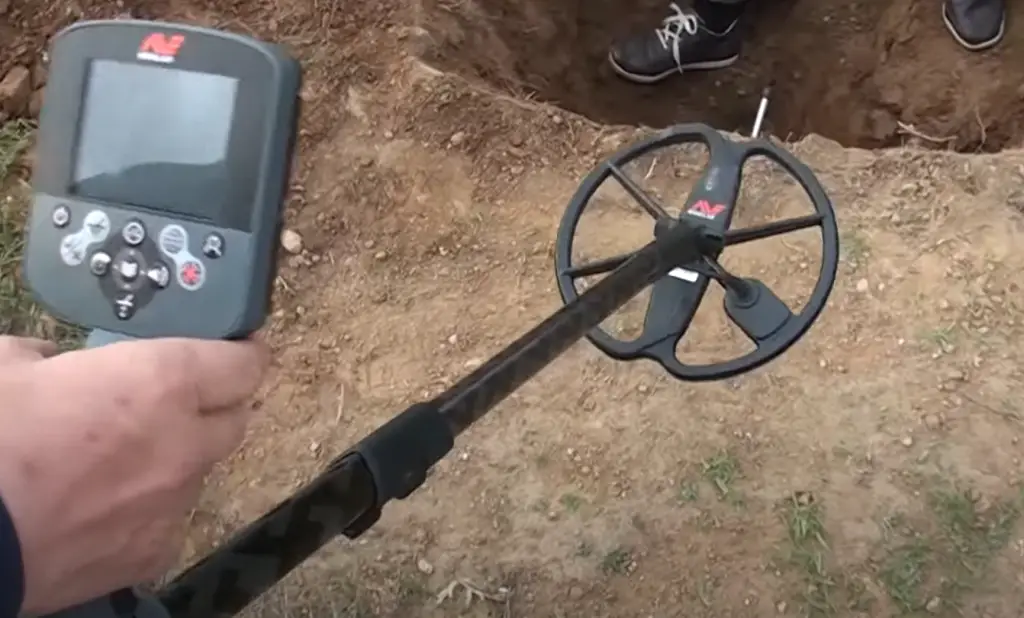
To avoid EMI, keep your metal detector away from electrical equipment, power lines, and other detectors.
FAQ
How deep can a metal detector find gold?
This is a difficult question because there are so many factors that can affect how deep a metal detector can find gold. Some of the things that can affect this are the type of metal detector, the size of the gold nugget, and the ground conditions.
How deep can a GPZ 7000 detect?
The GPZ 7000 is a very sensitive metal detector and can detect small nuggets at depths of up to 3 feet. However, if the ground conditions are not ideal, it may not be able to detect anything at all.
What Cannot be detected by a metal detector?
There are a few things that metal detectors cannot detect, such as:
- Dentures
- Pacemakers
- Pregnancy
- Shrapnel
- Tattoos
However, metal detectors can detect most other metals, including:
- Gold
- Silver
- Copper
- Iron
- Aluminum
How do you increase the depth of a metal detector?
There are a few ways to increase the depth of a metal detector:
- Use a more sensitive metal detector.
- Use a larger coil.
- Use a higher frequency.
- Improve ground conditions.
What metal detector goes the deepest?
There is no definitive answer to this question as it depends on a number of factors, such as the type of metal detector, the size of the gold nugget, and the ground conditions. However, some metal detectors that are known for their deep-seeking abilities include the GPZ 7000 and the Fischer F75.
Can you make a living from metal detecting?
Yes, there are people who make a living from metal detecting. However, it is not as easy as it may seem and it takes a lot of time, patience, and hard work. There are also a number of other factors that can affect how successful you will be, such as the location you are searching and the type of metal detector you are using.
Useful Video:How Deep Can A Metal Detector Go? | How To Metal Detect
Conclusion
Now that you know how deep a metal detector can detect, you can start planning your next treasure hunting adventure. Just remember to stay safe and have fun!
Happy hunting!
References:
- https://metrometaldetectors.com/blogs/blog/how-deep-can-a-metal-detector-go
- https://metaldetectingintheusa.com/metal-detector-depth/

